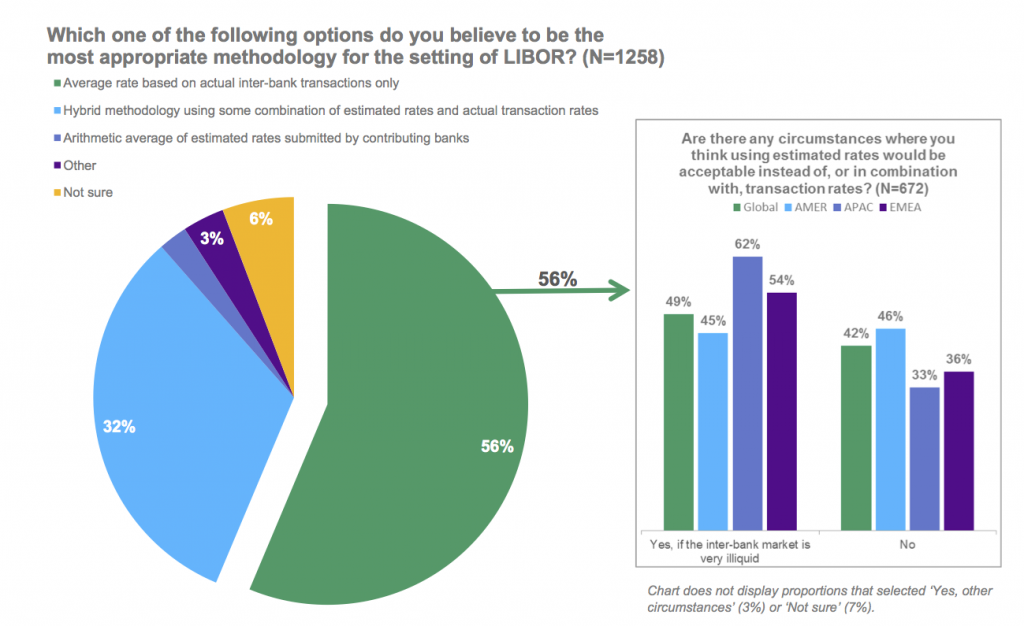
Understanding the LIBOR Scandal: Recommended Reading
Posted by Jason Apollo Voss on Jul 12, 2012 in Blog | 0 commentsThe scandal surrounding LIBOR, the London Interbank Offered Rate, continues to sweep through global finance — so much information, so little time for investment professionals to assess the facts. Lost in the scandal discussion the last several years are the invisible costs of numerous investment professionals that used LIBOR as the basis of their costs of capital and all of the decisions made based on a faked rate. Ouch!
Here are some recommended reads to help you home in on the essentials of this still-unfolding imbroglio concerning the global benchmark:
- The Penalties: Fines were finally assessed by a regulator (EU) for LIBOR manipulation to the tune of €1.71 billion. Not small change, but not proportionate to damages either. Makes me want to holler!
- The Rate: In “How LIBOR Affects Rates on Loans,” the Wall Street Journal provides a good primer on Libor and its role in the global economy.
- The Scandal: In “The Rotten Heart of Finance,” the Economist provides a foundational overview of the major details of the scandal, its importance to global markets, and a description of possible ramifications.
- The Story: If you are to read only one piece about the scandal this comprehensive overview of the LIBOR scandal by Bloomberg is brilliantly written and very in-depth. Grab your air sickness bag.
- The Size: In “The Law Catches Up with LIBOR,” a writer for the Guardian newspaper says that up to $250 trillion of SWAPs use LIBOR as a reference rate.
- The Scope: CNBC recently weighed in with its “Rate Fixing Scandal is International: EU’s Almunia,” in which Joaquín Almunia, EU Commissioner for Competition, speculates about the possible scope of the unfolding scandal.
- Some Alternatives: In “Barclays Rate-Fixing Scandal: LIBOR Alternatives Analysed,” the International Financial Law Review asked lawyers in the United Kingdom, Europe, and the United States about alternatives to Libor. Interestingly, 90% of the attorneys polled by the publication said that the Libor probe should not mark the end for this benchmark rate. As one respondent put it, “If Boeing and Airbus were found to be colluding on jet aircraft prices, would we abolish jet aircraft?”
- What’s Still Missing: When I managed a mutual fund, I used LIBOR as one of my benchmark rates for valuing securities. So in addition to all of the contracts around the world that explicitly use LIBOR in their calculations of value, there are trillions of dollars of decisions, essentially hidden from view, that have been made based on a consciously manipulated number. Yikes!
- Assessing Damages: Not surprisingly, market participants (and their lawyers) have quickly turned their attention to quantifying the value in the form of damages. In “Wall Street Bank Investors in Dark on LIBOR Liability,” Bloomberg interviews several attorneys, including one who contends that Barclays’s liabilities alone could range from the “hundreds of millions into the billions.” Another attorney says that bank industry liabilities on the whole could well run into the tens or hundreds of billions of dollars if lenders are found liable. For more particulars on the lawsuits, and the challenge of proving damages, read Dealbook‘s “Rate Scandal Stirs Scramble for Damages.”
- The Still Unfolding Aftermath: A Financial Times piece quotes numerous investment community sources that feel reforming LIBOR too quickly may do more harm than good. Among those questioned, most felt that LIBOR needed reform, not replacement, because retooling $300 trillion worth of contracts would be too disruptive to the global financial system.
- The Proposal for Change: The person in charge of reforming Libor, Martin Wheatley, announces the likely successor to the old Libor method.
- The Consequences: US and British regulators bring charges against employees of Barclays. Are more prosecutions to follow?
- CFA Institute Members’ Feelings: In a poll of CFA Institute members about LIBOR, 70% felt that the submission process should become a regulated activity. Additionally, 56% felt that LIBOR should be determined by an objective, market-based system rather than by a subjective consensus of estimates made by individual banks.
Note: This piece originally ran 12 July 2012 but is frequently updated to reflect events still unfolding. Last updated 4 December 2013.
Photo credit: ©iStockphoto.com/hatman12
Originally published on CFA Institute’s Enterprising Investor.

